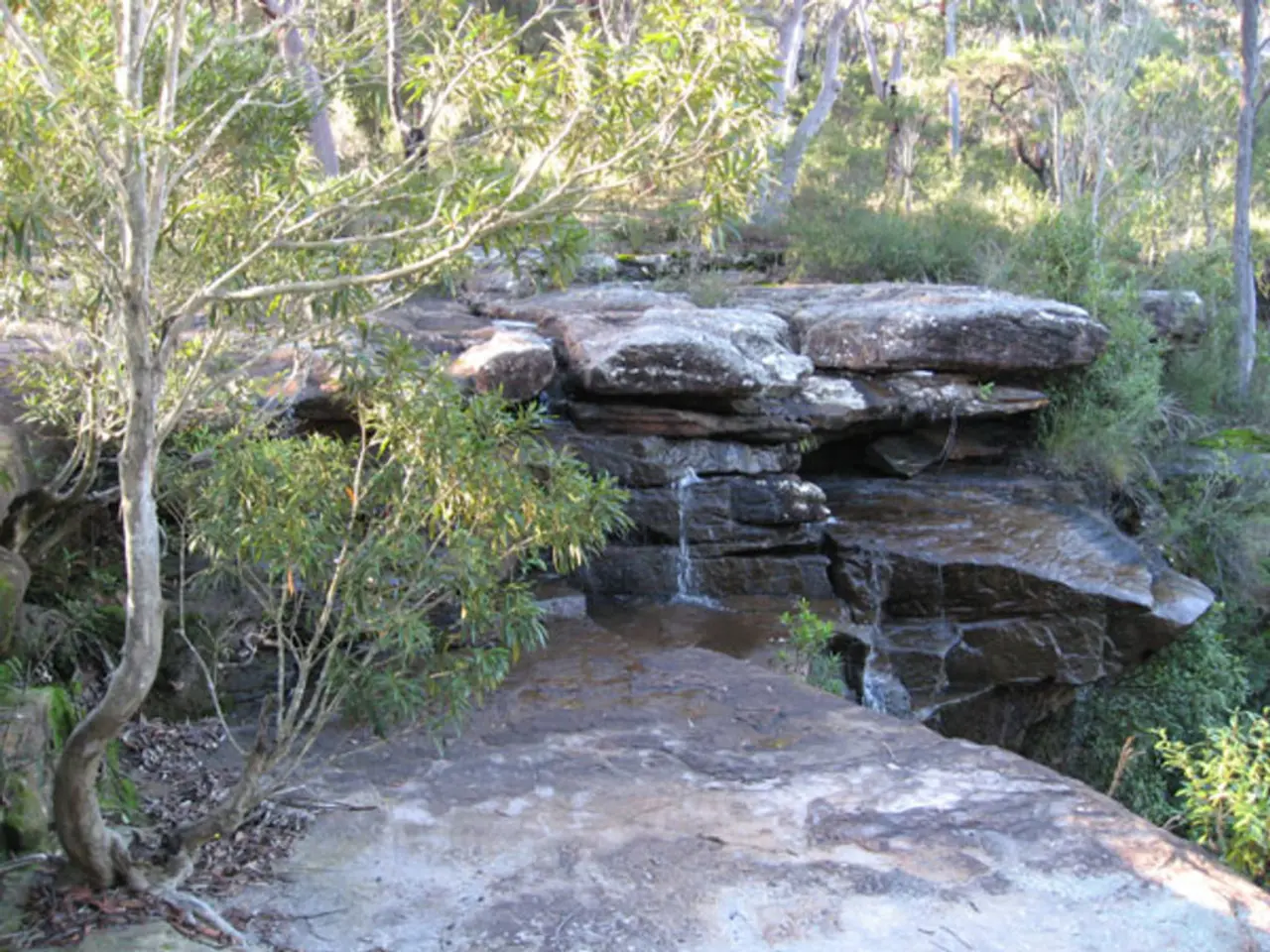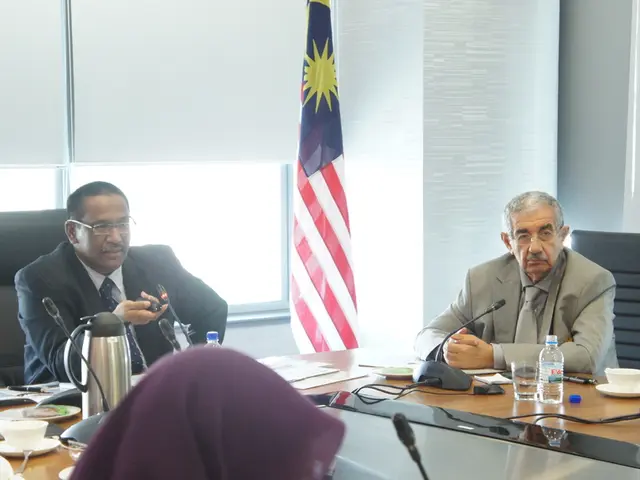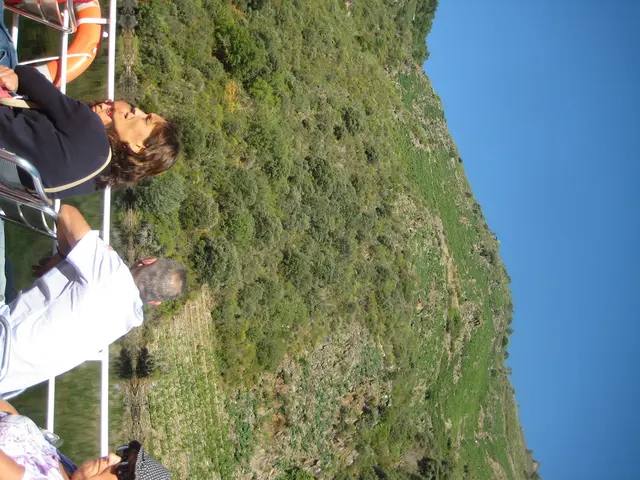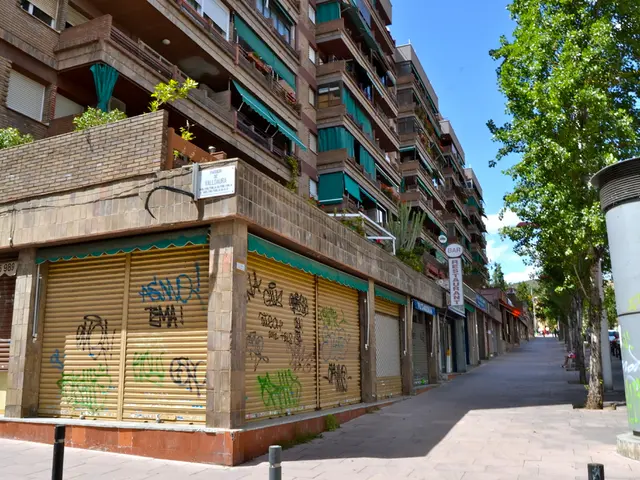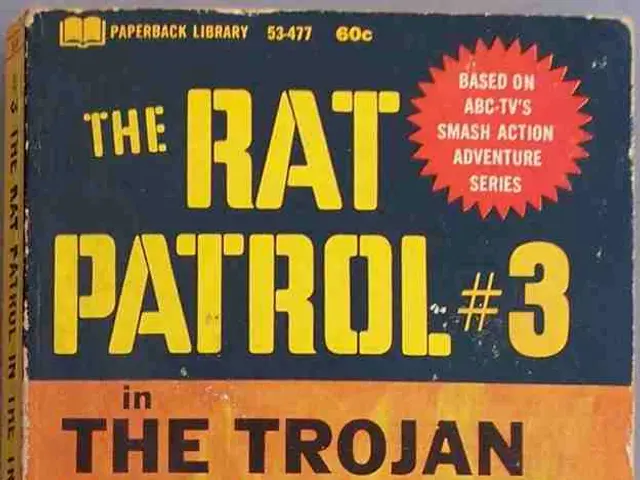Explore the weekend strolls in Pardaugava - here are some options!
In the heart of Riga, the capital city of Latvia, lies a treasure trove of historical sites that offer a glimpse into the city's rich past.
The journey begins at Torņakalns, one of the oldest neighbourhoods in Pārdaugava. Established in the 18th century, this area is steeped in history. One of the surviving manors in Torņakalns is Blok's Manor, the only Riga manor with a gallery-style colonnade. This architectural gem was acquired by army captain Eduards Bloks in 1857.
As you delve deeper into Torņakalns, you'll find the Torņakalns station building, a testament to the region's rail history, constructed in the mid-1880s.
A short walk away, you'll encounter the Āgenskalns Market. Originally the most modern market in the country at the time of its construction, it has undergone extensive renovation work and now serves as an example of a modern market.
The route then leads you to the banks of the Mārupīte, where Indulis Ranka initiated the creation of a sculpture garden. Here, you can find the New Bieriņi Manor, a sight to behold during your walk.
Venturing further, you'll reach Vecanniņmuiža Park. This park, along with Anniņmuiža, forms Anniņmuiža Forest Park. Anniņmuiža is the only surviving manor in the Imanta area, with its history dating back to the end of the 19th century. The park features the Grand Tree Trail with several grand trees, making it a must-visit for nature lovers.
The journey continues to the original settlement of the Livs, an ancient Baltic-Finnic people. The region was known as "Ridigera" or similar variants before the establishment of Riga by the Germans in the 13th century. Today, this area is home to the Ojārs Vācietis Memorial Museum, built in the 18th century as the tavern "Jeruzaleme". This museum has a notable connection to Richard Wagner, the famous German composer, who is said to have visited the museum.
Your journey concludes at the cultural center "Imanta", where you can explore the environmental object called "Blue Mist Sway" in a nearby meadow, before returning to the modern bustle of Riga, carrying with you a newfound appreciation for the city's historical past.
